Federal taxpayers pay a high and rising price for providing the so-called safety net for farming and ranching businesses. Like dealing with a dishonest used car salesman, when taxpayers go to write the check, the final bill is always higher than the sticker price.
During the legislative debate running up to what became the Agricultural Act of 2014, farm bill apologists promised that adopting the legislation, with its shiny new legislative interior, would actually lead to decreased federal spending. Their main claim to this budgetary magic was a proposal to upgrade a program that sent a subsidy check to farmland owners every year (Direct Payments), with so-called “shallow loss” programs. These top-of-the-line subsidy programs were designed to cut a check only if prices dropped below a government-set target. Unfortunately, these targets were pegged to the abnormally high crop prices experienced in the period prior to the 2014 farm bill’s adoption. In reality, over the life of the bill, total spending on farming and ranching income subsidies cost about $1 billion more than CBO projected would occur if taxpayers had never traded in the 2008 farm bill.
Farm Safety Net Costs 2014-2018
($ Billions)
| Projection Before 2014 Farm Bill | Actual Outlays after 2014 Farm Bill | Cost Overrun | |
| Commodity and Price Support Programs | $29.053 | $39.221 | $10.168 |
| Federally Subsidized Crop Insurance | $39.564 | $30.327 | –$9.267 |
| Total | $68.617 | $69.548 | $901 million |
Good growing conditions and mostly above-average harvests resulted in taxpayer costs in the federally subsidized crop insurance program being much lower than anticipated. This savings, however, was more than eliminated by the programs created in the 2014 farm bill. These programs ended up being much more expensive than promised mainly because the original cost estimates were based on outdated and wildly inaccurate projections of crop prices. This obvious and intentional flaw in the projected cost of the bill was something we warned about in opposing the bill’s adoption.
The 2018 farm bill is going to be even worse. Proponents of maintaining a heavy federal hand in the finances of farming and ranching businesses touted the 2018 bill as “business-as-usual” that was more ordinary than revolutionary. They repeatedly pointed to its supposed budget neutrality (no calculated net increase or decrease in spending over the next 10 years) to back this up. But the Trump Administration’s raiding of the federal Treasury to buy the goodwill of farming businesses disrupted by the trade war, and Congress’s revival of “emergency” income subsidies to businesses affected by natural disasters, have caused federal spending to skyrocket.
Farm Safety Net Costs 2019-2023
($ Billions)
| Projection Before 2018 Farm Bill | Updated Outlays | Cost Overrun | |
| Commodity and Price Support Programs | $31.573 | $64.197 | $32.624 |
| Federally Subsidized Crop Insurance | $37.352 | $41.762 | $4.410 |
| Total | $68.925 | $105.959 | $37.034 billion |
Taxpayers, once again, are suffering sticker shock when footing the bill for the agricultural safety net. It doesn’t have to be this way. The federal financial safety net for agriculture should be like life insurance; something farmers and ranchers know is there if catastrophe strikes, but a tool they hope to never need. Congress can get there if it works to put an end to the trade war, focus the safety net on reducing risk, and helps farmers help themselves. Until Congress does that, taxpayers should buckle in for a bumpy and expensive ride.

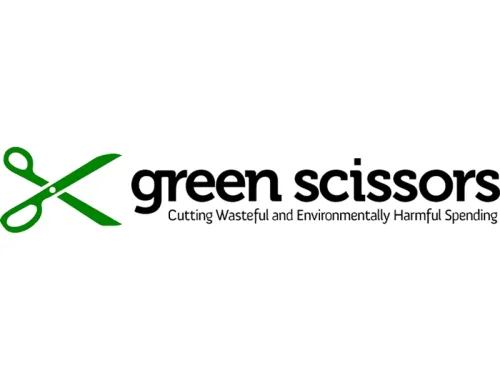
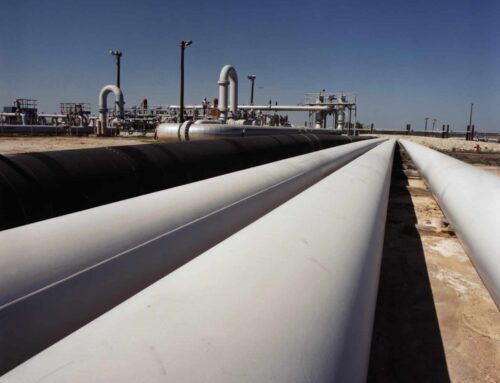
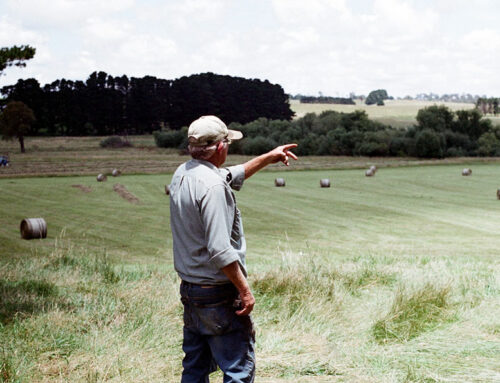
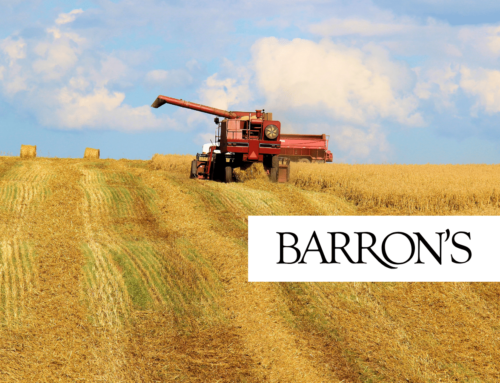
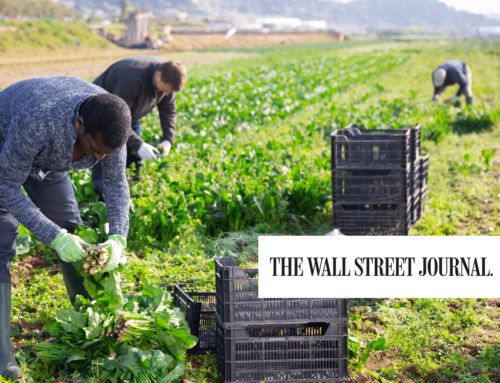
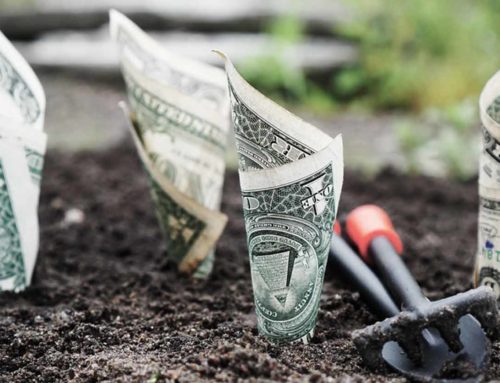




Get Social